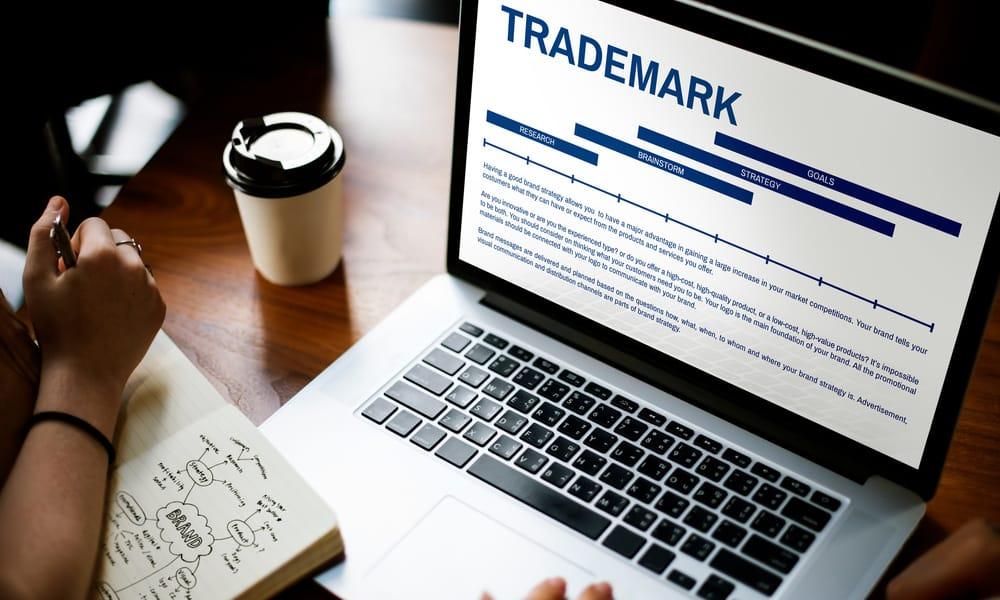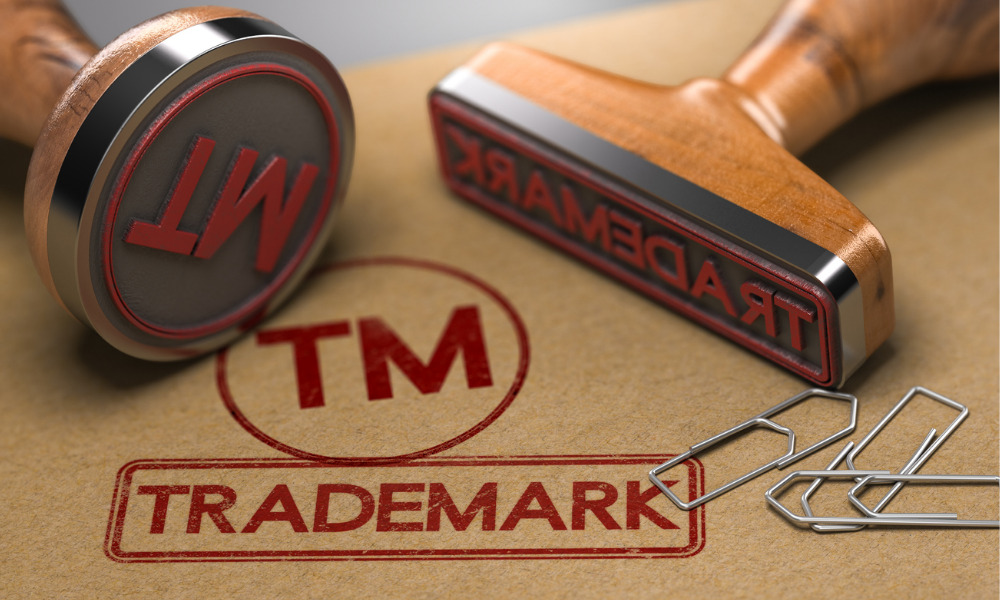Trademarks are an essential part of any business, as they help companies establish their brand identity and distinguish their products or services from those of their competitors. However, trademark laws vary widely from country to country, which can create challenges for companies operating in multiple markets.
What are trademarks?
A trademark is a symbol, word, or phrase that identifies and distinguishes the source of a product or service. Trademarks can include logos, slogans, brand names, and even colors and sounds. Registering a trademark provides legal protection against unauthorized use by competitors.
International trademark laws

International trademark laws are governed by a range of international agreements, including the Madrid Protocol, the Paris Convention, and the TRIPS Agreement. These agreements aim to harmonize trademark laws across different countries and provide a framework for protecting trademarks globally.
Trademark protections by country
Despite the existence of international agreements, trademark laws still vary significantly from country to country. Here are some examples of how trademark protections differ globally:
- USA: In the US, trademark protection is based on use rather than registration. This means that companies can establish common law trademark rights simply by using a particular mark in commerce. However, registering a trademark with the US Patent and Trademark Office (USPTO) provides additional legal protections.
- China: In China, trademark registration is essential for legal protection. China operates a “first-to-file” system, meaning that whoever files a trademark application first has priority over others.
- Europe: In Europe, trademark protection is based on registration with the European Union Intellectual Property Office (EUIPO). Registered trademarks provide protection across all EU member states.
Challenges of operating in multiple markets

For companies operating in multiple markets, navigating international trademark laws can be a complex and time-consuming process. Companies must navigate different registration procedures, language barriers, and cultural differences when registering and protecting their trademarks globally.
Additionally, companies must be aware of potential trademark infringement by competitors in different markets. This can involve monitoring and enforcing their trademarks globally, which can be difficult and costly.
International variations in trademark protections can create challenges for companies operating in multiple markets. By understanding the differences in trademark laws across different countries, companies can protect their intellectual property and establish a strong brand identity globally.
At the same time, companies must be prepared to navigate the complexities of international trademark registration and enforcement to ensure their trademarks are protected globally.











Comments